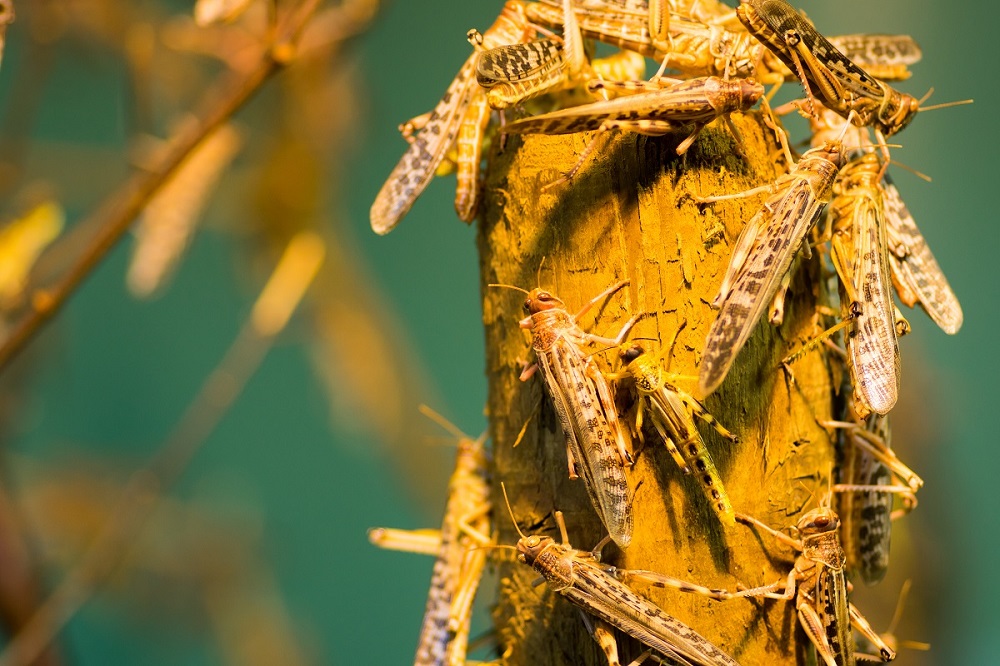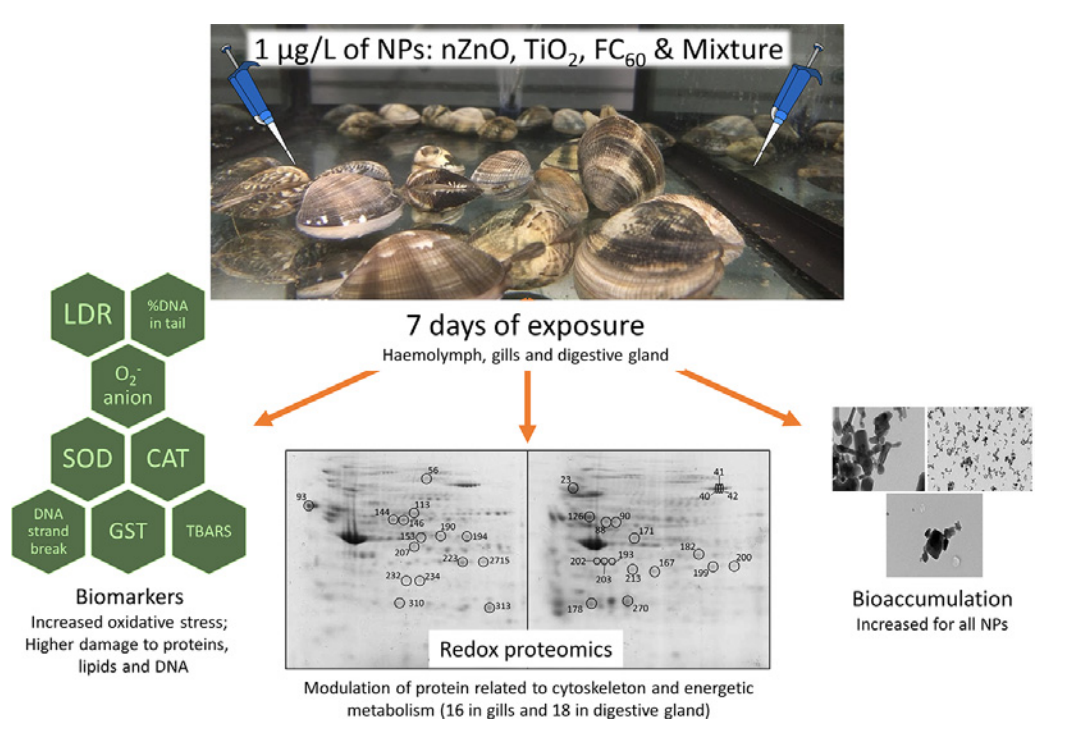
Khalifa University Assistant Professor Shares Lessons on Locusts
The size and weight of a paper clip, a single locust hardly appears capable of the devastation and destruction associated with it. But a single locust isn’t the problem—swarms are.
In a paper published in the Emirates Natural History Group journal, Tribulus, Dr. Athol Yates, Assistant Professor at the Khalifa University Institute for International and Civil Security, described the little-known, large-scale anti-locust campaign in the Arabian Peninsula, which was a combined military and civilian effort.
لا يمكن للجرادة وحدها ذات الحجم والوزن الصغيرين الذان لا يتعديان حجم ووزن الدبوس الورقي أن تحدث أضراراً إلا إذا كان الجراد في أسراب. وفي هذا الصدد، وضح الدكتور أثول ياتيس، الأستاذ المساعد في الأمن المدني والدولي في جامعة خليفة، في ورقته البحثية التي نُشرت في قسم (تريبولوس) من… pic.twitter.com/pAYbljwDft
— جامعة خليفة للعلوم والتكنولوجيا (@KhalifaUni) October 8, 2020
“The desert locust is one of the most damaging pests to agriculture due to its ability to form huge swarms which devour everything in their paths,” explained Dr. Yates. “They have often caused devastation in the Arabian region, like in 1958 when they destroyed about 85 percent of crops in the then Trucial States.”
Plagues of locusts occur periodically, with most lasting for several years. The United Arab Emirates is not only in the path of locust swarms but is also a breeding site for the locusts.
“While scientific efforts started in the early 1900s to combat locust plagues, a lack of knowledge about the insect made it difficult,” explained Dr. Yates. “During the 1930s, great efforts were made to collect reliable information across the region, which allowed both the seasonal breeding areas and the paths of migrating swarms to be identified.”
There were multiple problems in how locust swarms were tackled prior to the campaigns led by the British military. As locust swarms occur in cycles of multiple years separated by an absence, countries only took action when they appeared, meaning responses were too late because little action was taken between these cycles to prevent reoccurrence. Since locusts cross international borders, countering them also requires coordinated action across countries. However, most responses were isolated. On top of this, chemical poison was only introduced in the early 1940s, with methods to counter locusts before this only partially effective and often improvised.
“In 1942, the first effective chemical poison was used to control locust populations,” explained Dr. Yates. “Sodium arsenate was mixed with wheat bran and laid in the path of the juvenile insects. Those that ate this preparation died, meaning they perished before becoming airborne and preventing further breeding.”
During this time, the Trucial States were a British protected state, with the British promising to protect the Trucial Coast from external aggression, in exchange for the Rulers allowing Britain to act with foreign powers on their behalf.
World War II started in 1939, with the Middle East a significant theater of operations in the early years because it allowed access to Africa, the oil of the Gulf and launching of operations against the Axis powers (Germany, Italy, and Japan) in the Mediterranean. In 1941, locust swarms were reported in the Arabian Peninsula, marking the start of seven years of locust plagues, threatening the stability of the region.
“The locust threat presented the British with unpalatable choices between allowing the local population to starve or importing and distributing large amounts of food,” explained Dr. Yates. “The latter would have had significant military consequences as it would divert ships and manpower essential for military operations in the region, while the former would lead to civil disturbances that would also affect military operations and undermine British prestige. In military terms, combatting locusts was ‘regarded as second only in importance to operations against the enemy.’”
In 1943, Britain formed the Middle East Anti-Locust Unit (MEALU) and tasked it with destroying locust swarms at the source. Its success hinged on coordination and input from other countries and large-scale logistics assistance from the British military. Such an undertaking was only feasible as a combined effort, with intense research and international conferences needed to develop the plan for the largest-ever coordinated operation against locusts in the Middle East.
“Until the very early 1940s, anti-locust measures concentrated on protecting crops. This defensive strategy meant waiting until the locusts arrived near the crops and then attempting to destroy them,” explained Dr. Yates. “In contrast, the MEALU approach involved sending scouting parties out into the desert, and when locusts were located, sending workers to destroy them. This required considerable planning and coordination so that the work was continuous, efficient, and effective.”
After 1944, the locust menace had been significantly reduced, but the threat remained as the war raged on. Combatting locusts remained a high priority but the military equipment and personnel were required in other arenas and could no longer participate in the anti-locust campaigns in the Middle East. Attention shifted in the immediate years after the war to more national-based efforts with less cross-country coordination. There was particular reluctance for the British to be in charge of the anti-locust campaign across the region.
“Wilfred Thesiger, an English explorer and travel writer, applied to work on locust research as he had a desire to explore the region. He was tasked with gathering information on the environmental conditions of southern Arabia to see if they were right for the development of desert locust swarms. Thesiger’s first journey began in October 1945 in Salalah, Oman. He explored the south-eastern edge of the Empty Quarter and the region around the intersection of modern-day Oman, Yemen and Saudi Arabia, recording information on locust breeding, seasonal rainfall and vegetation.”
During the 1950s and 1960s, Britain and Pakistan in particular supported anti-locust activities in the Trucial States. Now, pest control teams in the UAE are spearheaded by the Ministry of Climate Change and Environment.
“The British military’s support for the anti-locust campaign during the Second World War rarely rates a footnote in the histories of the Middle East,” said Dr. Yates. “This is unfortunate, for it overlooks important contributions made by the military in those years, not only to the health and livelihoods of the people of the Middle East, but also to winning World War II.”
Jade Sterling
Science Writer
30 August 2020






